In a quest to paint science in a kaleidoscope, we take you on a quick trip through the natural largest coral reefs. Grab a bottle of water, a beach hat along with an unorthodox mind while you come along. Set out on an adventure to explore the largest coral reefs in the world.
World’s Largest Coral Reefs
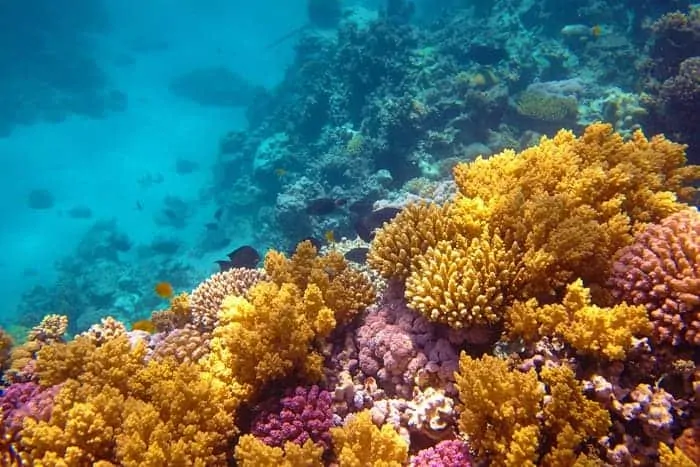
1. Bem-Vindo a Saya De Malha Bank, Indian Ocean
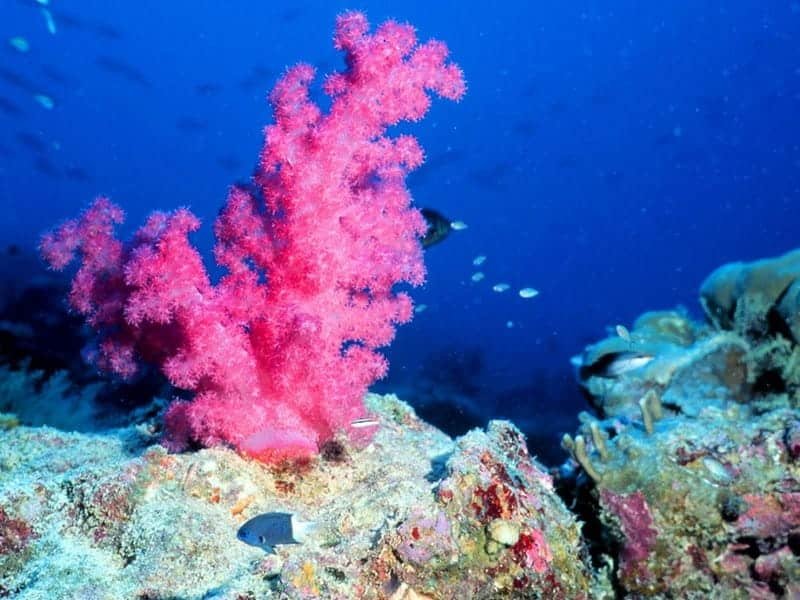 Bem-Vindo, explorers! Just as you trod this path, a set of Portuguese sailors sailed from the Cape of Good Hope and came across this place, in a conquest to find India. That was 500 years ago. They were fascinated by the coral colony this place inhabited.
Bem-Vindo, explorers! Just as you trod this path, a set of Portuguese sailors sailed from the Cape of Good Hope and came across this place, in a conquest to find India. That was 500 years ago. They were fascinated by the coral colony this place inhabited.
Distinctive Characteristics: They are the largest of all known seagrass beds in the world, spanning over an area of forty thousand square kilometers. Most corals found here are of a singular species, with roots deeply sunk into the seabed.
These corals are currently very ill, thanks to disease in 1997 called Black Band and modern human-made wasteful invasions. This place is severely hazardous for sailors to commute. But they serve as excellent food for turtles living in the area. Interesting, isn’t it?
Facts: Most of it is washed out or unidentifiable. Thus it isn’t the first and largest coral reef in the world.
2. Red Sea Coral Reef, Red Sea
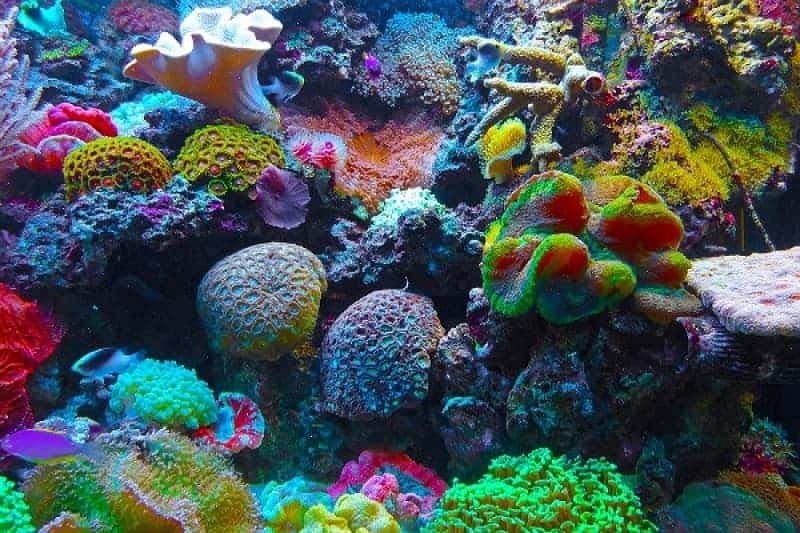
Not necessarily red in color, the Red Sea Coral Reef is presumably the oldest coral reef structures in the world. Almost 5000 years old, this large reef of corals span over 1200 kilometers in layers across the shore and inward.
Distinctive Characteristics: These corals are extensively adaptable and have been adjusting to intense climatic conditions imposed in this sea. They’re food to the nearby crabs. Watch out for them.
Facts: Find sea cucumbers if you can! They are the type of fish, not edible veggies, by the way.
3. New Caledonian Coral Reef
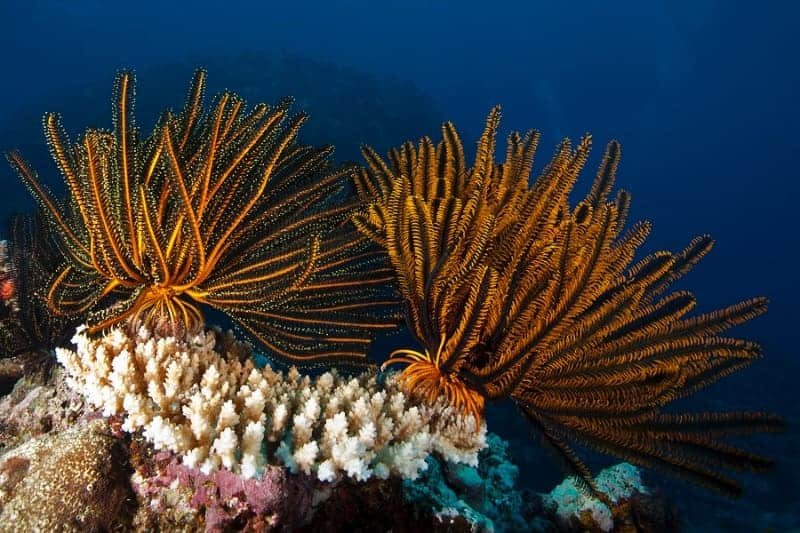
A part of the South Pacific Ocean under France’s eye, New Caledonian Coral Reef has been recognized as A UNESCO World Heritage Site.
The second largest continuous barrier reef of corals, this reef is a diverse home to a tremendous array of marine animals and species.
Distinctive Characteristics: It is sweet home to dugongs and green sea turtles, which are slowly becoming extinct as days pass by. In order to protect them, the New Caledonian government has taken long and far measures to secure the healthiest reef structures and corals.
4. Mesoamerican Coral Reef, Caribbean Basin
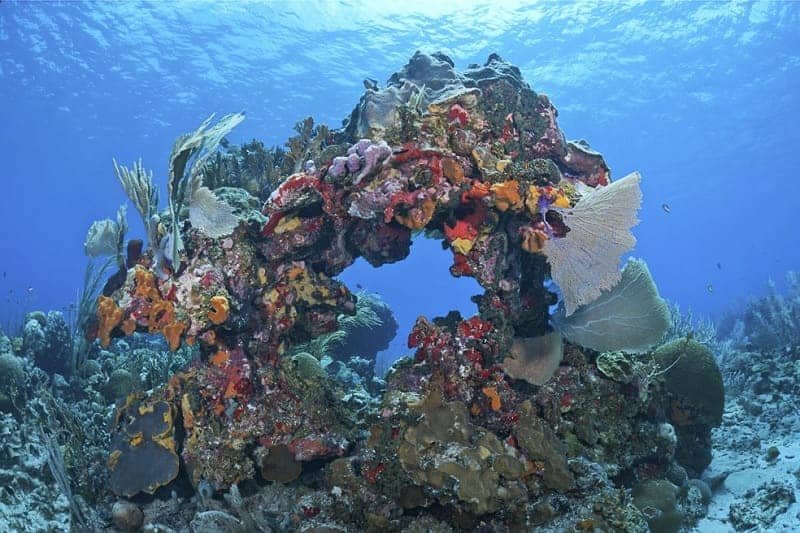
The Mesoamerican Reef is home to noteworthy reef systems and biodiversity. Spread across the coast of four countries, it is a hamlet to national parks and reserved and protected underwater and terrestrial forests.
Distinctive Characteristics: It is the habitat of close to 900 various species which include 500 schools of fish, 65 kinds of coral and 300 mollusks.
Facts: It is local to the large variety of sharks and turtles. The reef also protects the continent from hurricanes and storms.
5. Maldives-Chagos-Lakshadweep Atolls, Indian Ocean
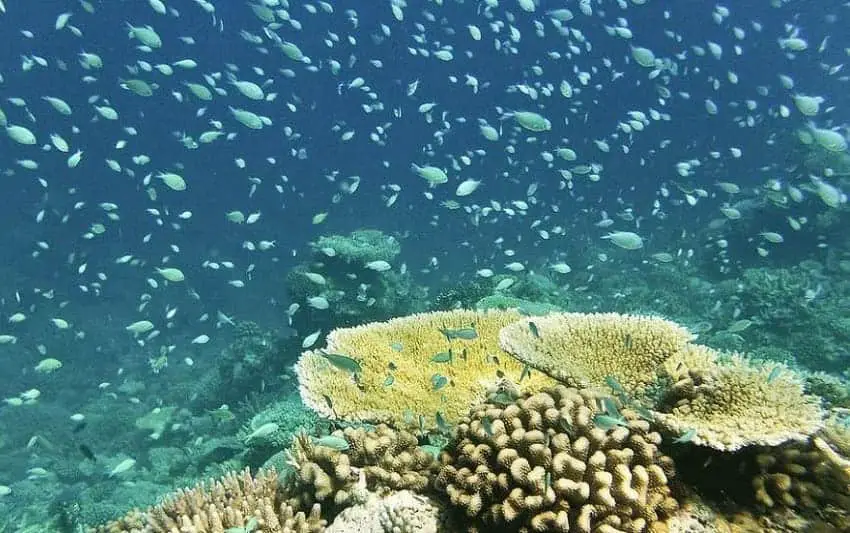
This set of isles lie along the Maldives, the southernmost tip of Lakshadweep and the Chagos Archipelago. This island has been relatively low-key in importance that gave it much time to recover.
Distinctive Characteristics: Its endangered crabs and green hawksbill turtles are growing.
Facts: Since the islands are situated in a tropical region, the corals are soft and squishy like a sponge. They make excellent habitat to resident birds like the gulls, pond herons, and white terns, etc.
6. Great Barrier Reef, Australia

The reef is home to a wide diversity of fish, marine animals, birds, and terrestrial fauna and flora and sea snakes. Piquant to the Great Barrier Reef is that the corals have originated from a variant of jellyfish.
Distinctive Characteristics: The corals live in a symbiotic relationship with algae called zooxanthellae. And since the corals are bound together by calcium carbonate, enormous amounts of limestone can be found here.
This limestone discovery has led to quite a dangerous expedition in the reef that the government is trying to protect. It is the world’s largest coral reef.
Facts: The best time to visit this great coral reef in the world is during November when the breeding activity of corals gives rise to newer and fresh spawns of corals.
The Largest Swimming Pools in The World
7. Florida Keys Coral Reef, United States
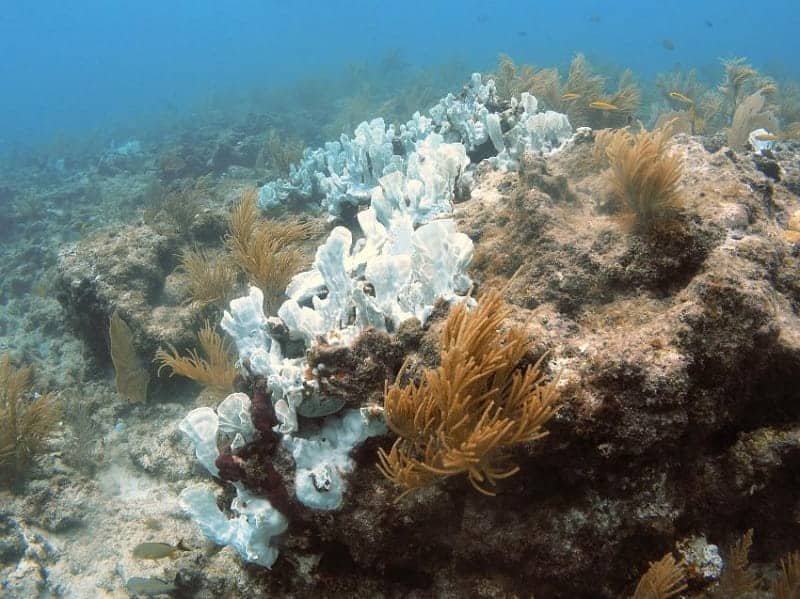
The third largest coral reef in the world is the Florida Reef. It is home to purely breeding corals and has an exquisite ambit of corals across the world.
Almost 80% of the reef is made up of corals which makes it much more interesting.
Distinctive Characteristics: The corals live close to the surface of the water thus there’s a possibility of you getting hold one, too!
Facts: One different coral is called the Brain Coral that resembles the human brain. It is star-dome shaped with waves, folds, and ridges. Elkhorn corals are another variety that archetypes a stag.
8. Belize Barrier Reef, Belize
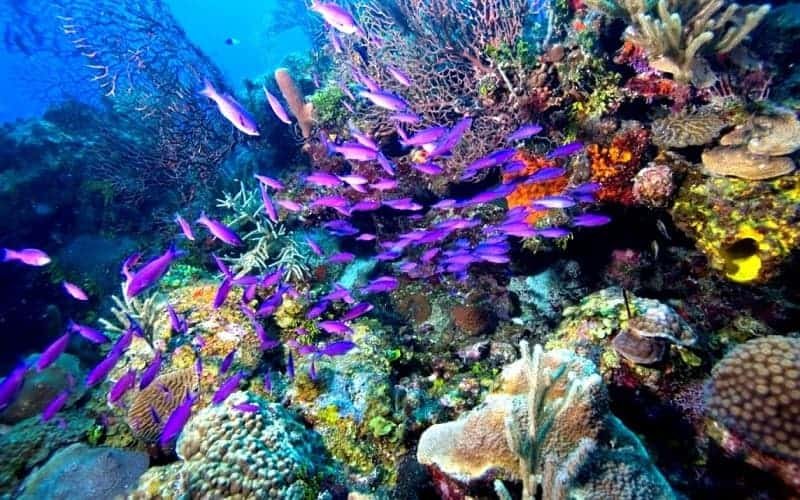 An almost extension of Mesoamerican Reef, this reef is actually a part of it. A part of the continuous chain of reef across the coats of four countries, the Belize reef the second largest coral reef in the world.
An almost extension of Mesoamerican Reef, this reef is actually a part of it. A part of the continuous chain of reef across the coats of four countries, the Belize reef the second largest coral reef in the world.
It is equally famous for scuba diving where many divers dive deep into the ocean to explore the beautiful and celestial corals of the reef.
Distinctive Characteristics: Soft corals are native to this place. They are a significant kind of corals that are particularly extinct in the current times.
Facts: In 1996, this place was crowned as one of the UNESCO World Heritage Sites.
World’s Top Largest Water Parks
9. Apo Reef, Philippines
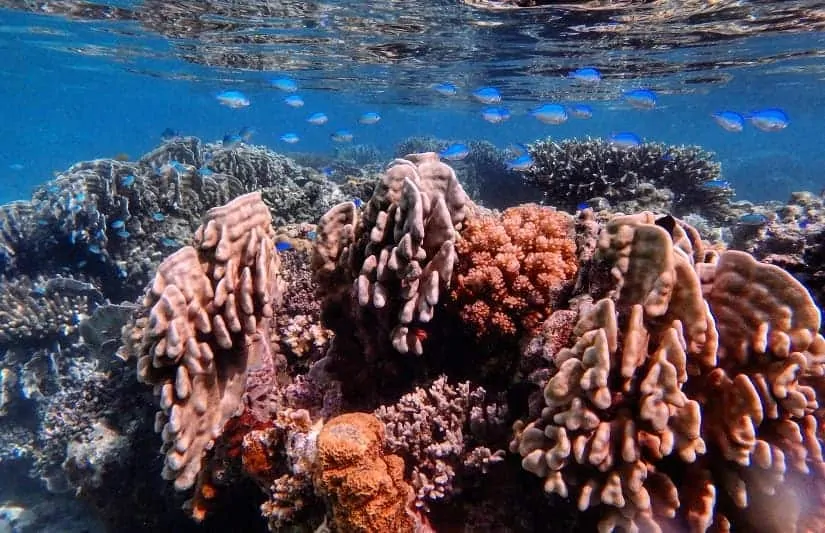
Listed in the temporary list for World Heritage Sites, Apo Reef is easily the most attractive coral system on the planet. Corals are commonly found in the Cayos del Bajo, a flat coralline rock plateau.
Distinctive Characteristics: Known for its limestone, the place has been largely hunted for the same. And due to the same reasons, ARNP established a line that no boat can cross to enter the reef.
Facts: Scuba diving is popular here and a famous medium to explore the reefs!
10. Andros Barrier Reef, Bahamas
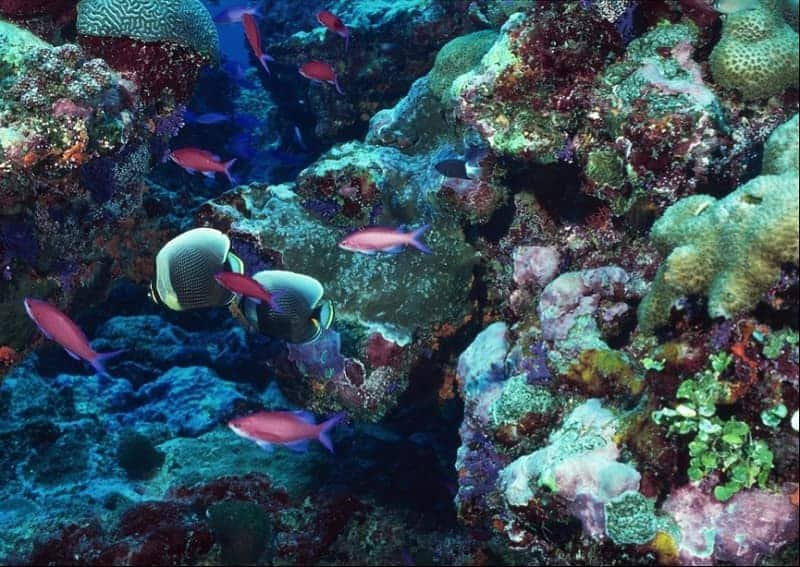
The Andros Reef structure is ancient and quaint looking.
Distinctive Characteristics: It is swamped with mangrove growth estuaries and tributaries that have surged the growth of tropical coral plants. This has evidently given rise to the best marine corals of the world.
Facts: Corals like Elkhorn, staghorn, etc. can easily be found in shallow waters.
And with that, the list of the large, commonly distinguished set of largest coral reefs comes to an end.